Orbital Surgery: Evolution and Revolution
- PMID: 33777616
- PMCID: PMC7987395
- DOI: 10.1055/s-0040-1722704
Orbital Surgery: Evolution and Revolution
Abstract
This article traces the development of orbital surgery and its subsequent modifications. It also points out the importance of defining one's goal before embarking on orbital surgery. Although generally considered part of ophthalmology, surgery on the orbit has been relatively neglected and not routinely practiced. This article reviews the history of development of orbital surgery, both the revolutionary ideas and the evolutionary changes. There are multiple orbital lesions that do not need to be treated with surgery at all. These days chemotherapy, radation therapy, or even immunotherapy may be more appropriate. The most common orbital pathology, that is thyroid orbitopathy, the physician needs to decide whether or not the orbit needs to be decompressed or whether there are problems related to motility that can be dealt with by eye muscle surgery.
Keywords: Krönlein's orbitotomy; computerized axial topography; fine needle aspiration biopsy; orbital deconstruction; orbitototomy; transconjunctival incisions.
Thieme. All rights reserved.
Conflict of interest statement
Conflict of Interest None declared.
Figures
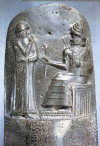


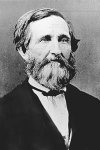
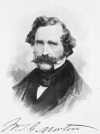
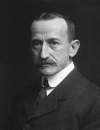






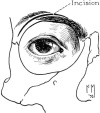








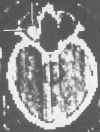


References
-
- Henderson J W, Farrow G M. Philadelphia, PA: WB Saunders; 1973. Orbital Tumors; pp. 1–8.
-
- Bartisch G.OphthalmodouleiaDresden, Matthes Stöckel,1583
-
- Knapp H. On cocaine and its use in ophthalmic and general surgery. Arch Ophthalmol. 1884;13:402–408.
-
- Atkinson W S. Retrobulbar injection of anesthetic within the muscular cone. Arch Ophthalmol. 1936;16:494.
-
- Swan K C. New drugs and techniques for ocular anesthesia. Trans Am Acad Ophthalmol Otolaryngol. 1956;60(03):368–375. - PubMed
LinkOut - more resources
Full Text Sources
Other Literature Sources

